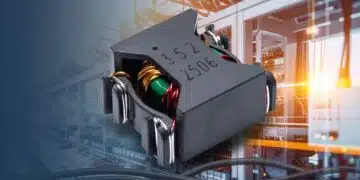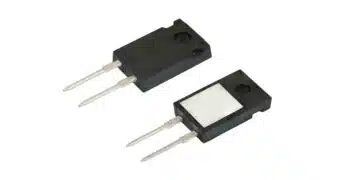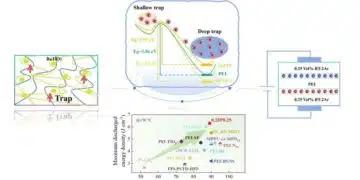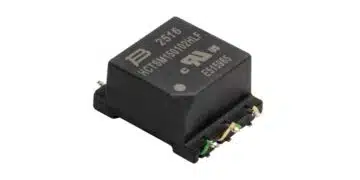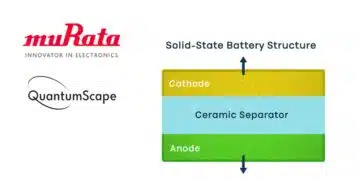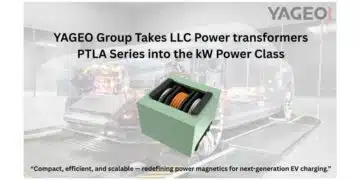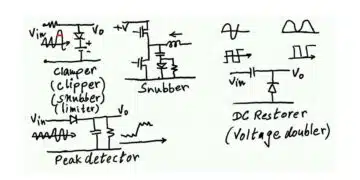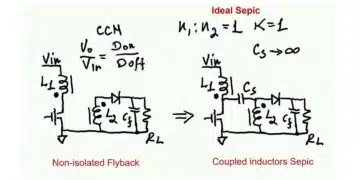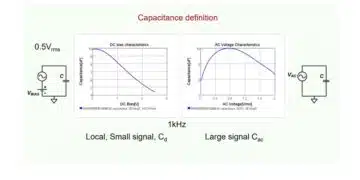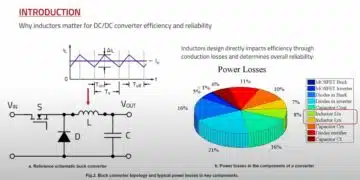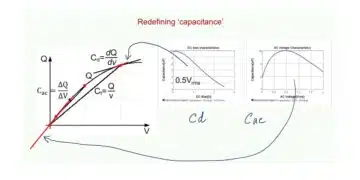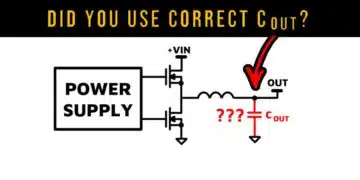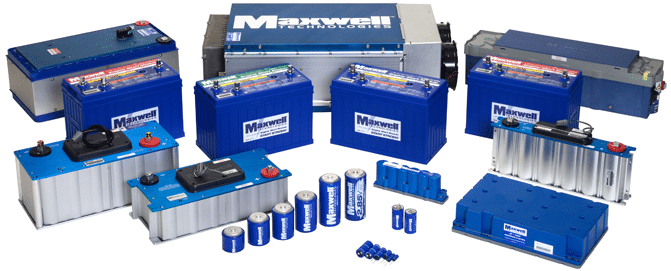source: ECN news
Maxwell Technologies recently announced a definitive agreement with CRRC-SRI, a supplement to the China Railway Rolling Stock Corporation (CRRC), to locally manufacture ultracapacitor technology within the China energy bus market. This collaboration will contribute energy storage components to China, as well as develop next-generation energy storage solutions.
Below you’ll find a Q&A between ECN and Maxwell Technologies regarding this interesting new development.
What caused this partnership between Maxwell and CRRC-SRI?
The initial strategic partnership agreement was signed in July 2015 and its intent was to enable collaboration activities focused on new application-specific, next-generation capacitive energy storage solutions that would meet the unique requirements of CRRC-SRI’s customers in the Chinese rail market. The agreement between Maxwell, a global leader in developing and delivering high-quality ultracapacitor solutions, and CRRC-SRI, a subsidiary of CRRC and one of the largest rail vehicle manufacturers in the world, was mutually beneficial for both companies. The Chinese rail market presented a significant opportunity for both companies and the collaboration was viewed as an effective and time-efficient means to take full advantage of this opportunity.
Why is there a need for this collaboration?
There is significant investment being made by the Chinese government in rail transportation infrastructure and this investment and growth is expected to continue. Moving forward there will be increasing requirements on energy savings and environmental protection, which will require a long-term commitment for companies competing in this space. This collaboration was seen by both companies as a means to more effectively serve and compete in this growing market.
What will the ultracapacitor-based modules do for the China energy bus market?
The definitive agreement that we announced this past January was another extension of our initial partnership agreement with CRRC-SRI, just as our announcement in November 2016 of the first commercial application of lithium-ion capacitors was a result of this partnership. The definitive agreement will ensure that Maxwell modules are fully localized in support of the recent China government requirements and will maximize our ability to continue to compete in this growing market. The definitive agreement also ensures that CRRC-SRI will exclusively use Maxwell’s 2.7-volt and 3-volt ultracapacitor cells to manufacture the modules.
What effect(s) will this development have on the broader energy storage industry?
The definitive agreement also states that we will jointly design additional, next-generation products which CRRC-SRI will continue to manufacture moving forward. The advancement of our technology through this collaboration will serve to deliver benefits not only to the China rail industry but to the rail industry in general moving forward.


